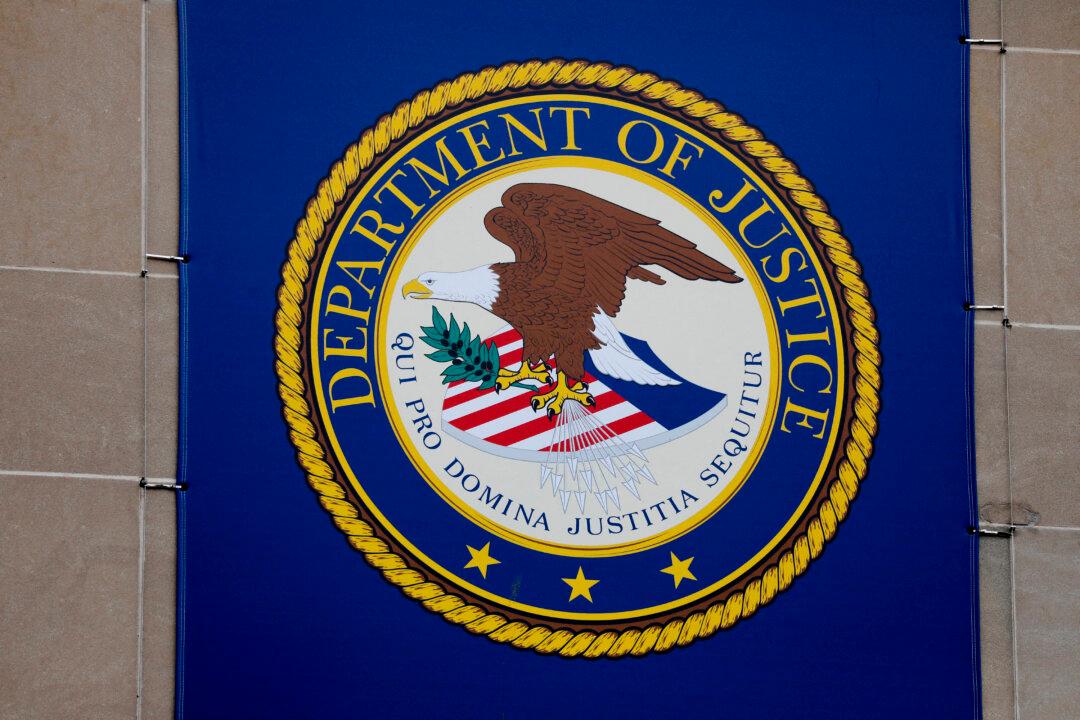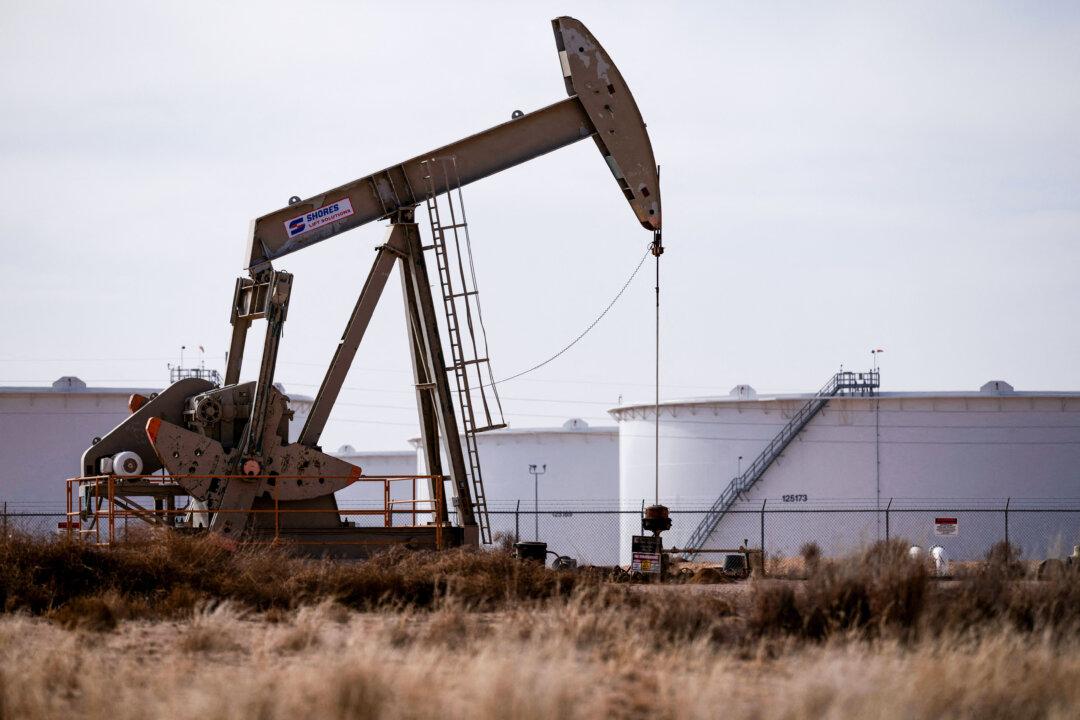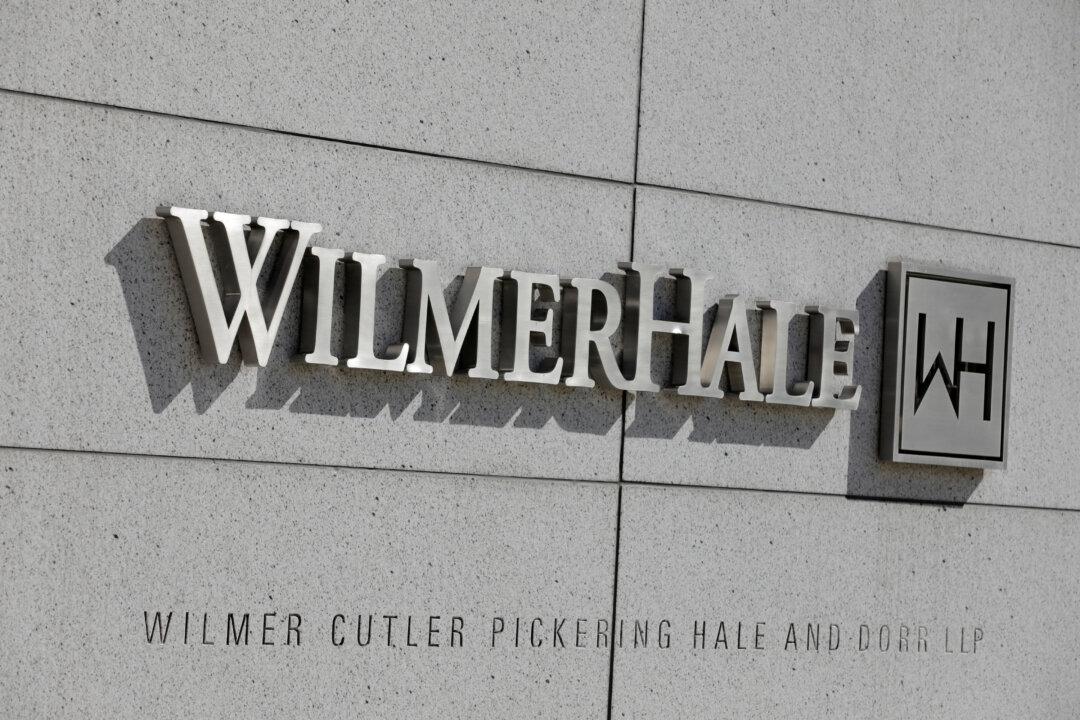Struggling retailer Bed Bath & Beyond warned that it has insufficient funds to pay off its debt and has defaulted on its credit line with lender JPMorgan, sparking fears of a possible near-future bankruptcy.
“The notice provides that as a result of the events of defaults that occurred on or around Jan. 13, 2023 and are continuing, which were among other things due to the company’s failure to prepay an over-advance and satisfy a financial covenant, the administrative agent has determined to exercise certain rights and remedies available pursuant to the Amended Credit Agreement,” Bed Bath & Beyond wrote.
Those remedies include Bed Bath & Beyond paying the credit back “immediately,” according to the filing.
It goes on to note that, effective Jan. 25, 2023, all outstanding loans and obligations under the credit facilities shall bear interest at an additional default rate of 2 percent per annum.
However, Bed Bath & Beyond warned that “at this time, the company does not have sufficient resources to repay the amounts under the credit facilities and this will lead the company to consider all strategic alternatives, including restructuring its debt under the U.S. Bankruptcy Code.”
The company owes $550 million under its asset-backed loan with JP Morgan and $375 million to the investment firm and lender Sixth Street.
More Store Closures Announced
The company has said it is undertaking a number of actions in order to improve its financial position and stabilize its results of operations, including cutting costs, lowering capital expenditures, and reducing its store footprint, but stressed that the measures “may not be successful.”It’s also closing stores and distribution centers.
Around 120 of its 708 stores are shuttering across the states of Arizona, California, Florida, Illinois, Massachusetts, North Carolina, Texas, and dozens more.
Like many retailers, Bed Bath & Beyond has been battling with tight inventory this past year, prompted in part by the supply-chain crisis. However, while numerous retailers have managed to somewhat recover, the New Jersey-headquartered company has also been dealing with additional credit constraints, and increasing demands from vendors for earlier payments, which it said has made it harder to keep shelves stocked.
Earlier this month, the retailer warned there was “substantial doubt” that it will be able to continue going and said it was looking into “all strategic alternatives” to avoid going into bankruptcy, including restructuring or refinancing its debt, reducing or delaying business activities, and strategic initiatives, and selling assets, among other measures.
The stock price of Bed Bath & Beyond plummeted following the SEC filing, and the stock is currently down more than 20 percent.





